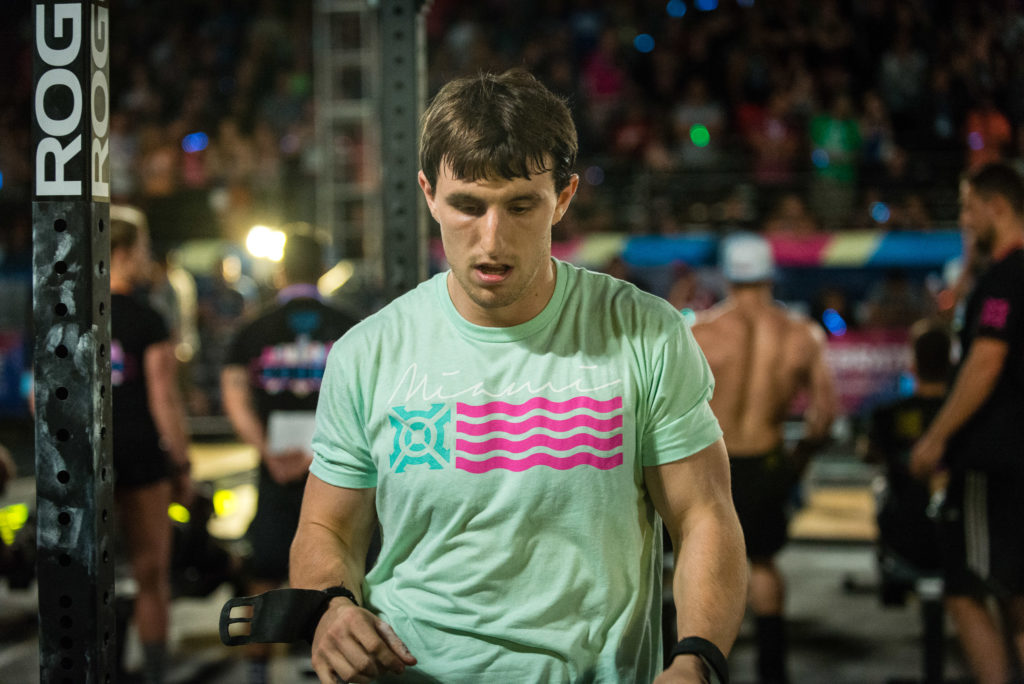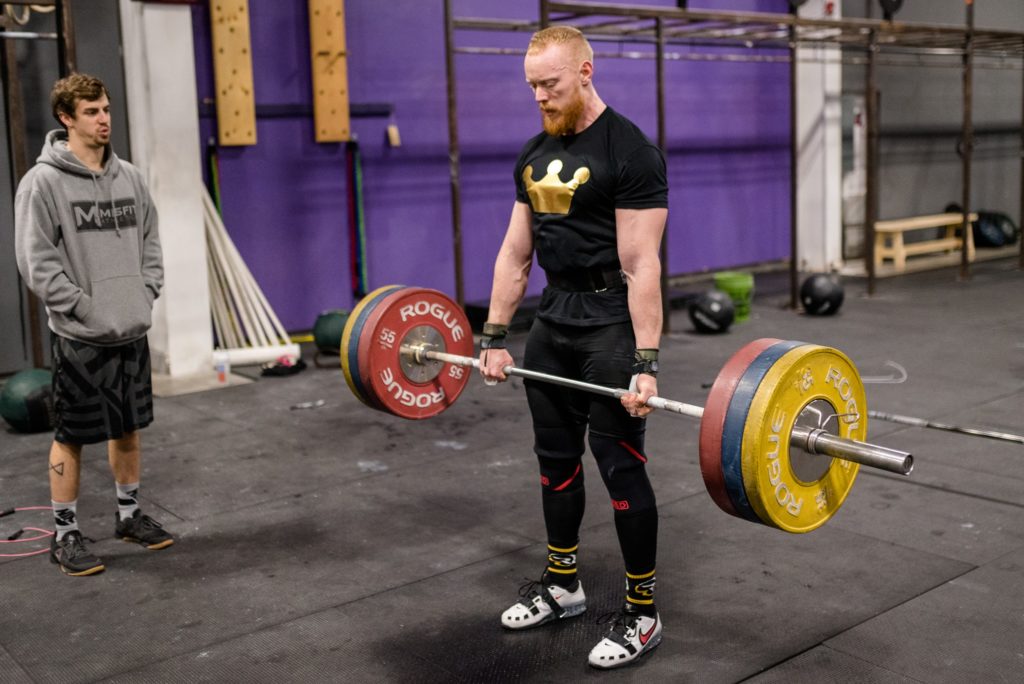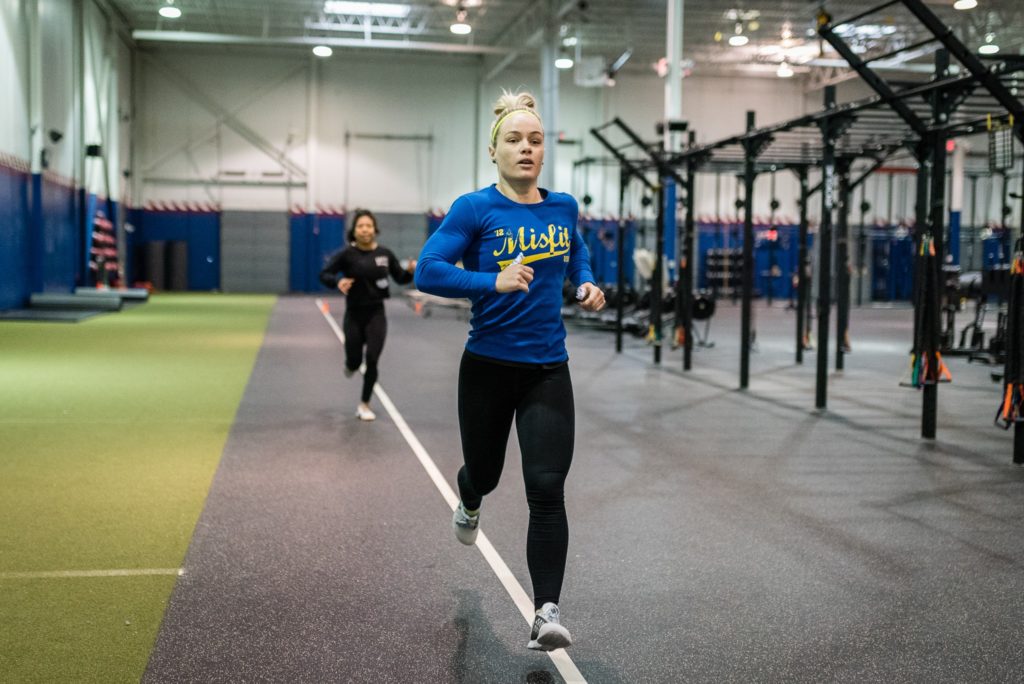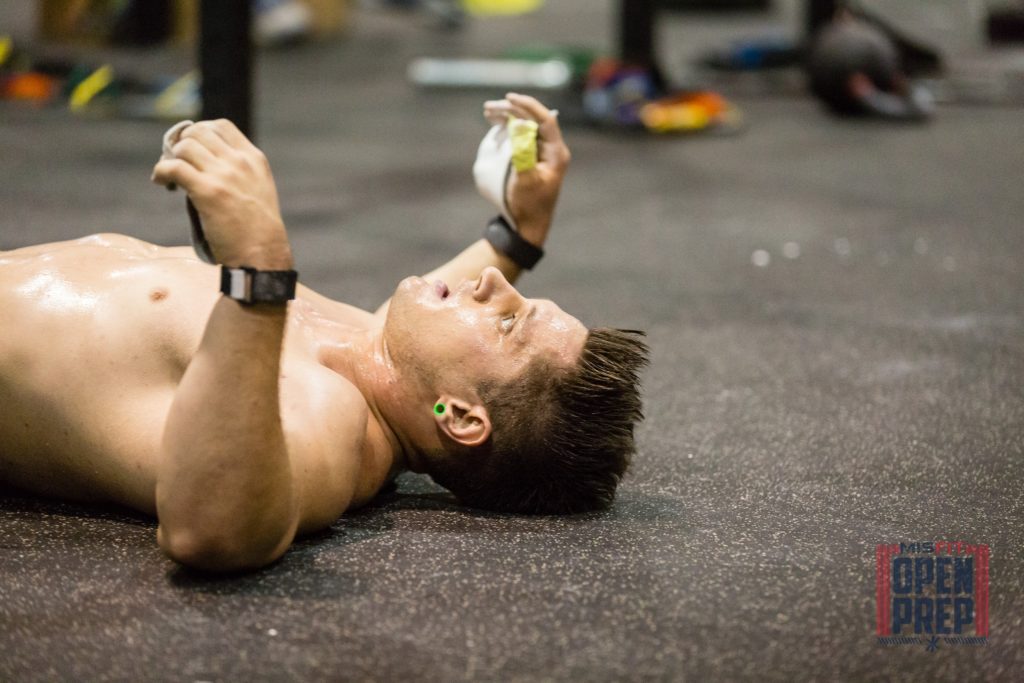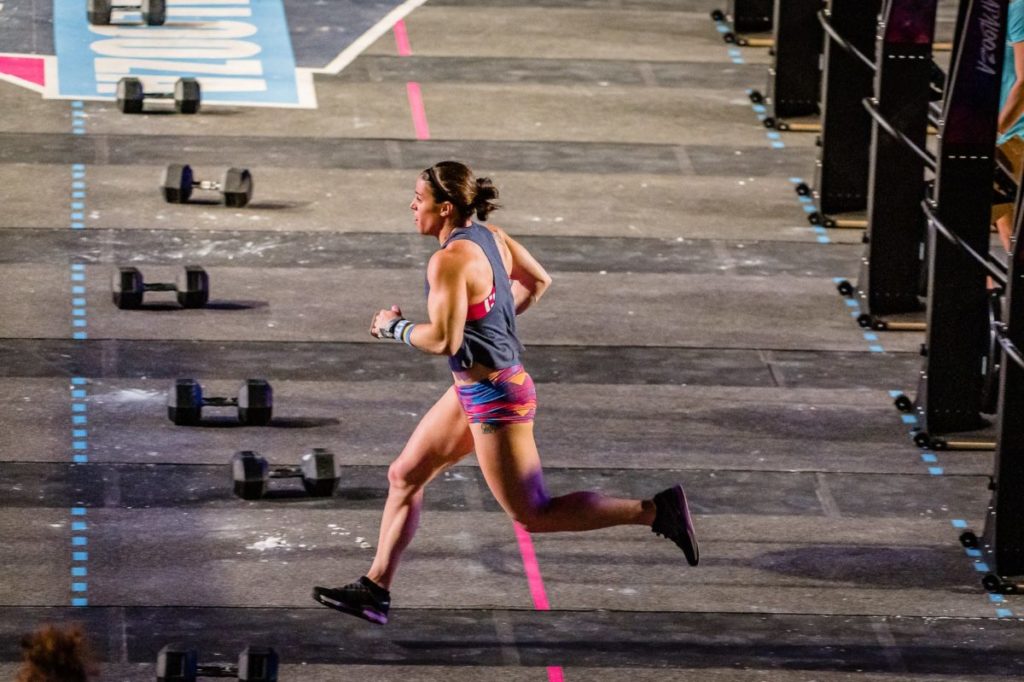The Transition Game

Each and every workout, we play this game without giving it much thought. We complete a set of one movement and just stroll to the next. In the midsts of a workout, we typically use this moment between two movements as a rest period or a chance to take a couple extra deep breaths. Most of us just assume that’s the only place to gather yourself and find the will to press on. But is that always the right thing to do? What other ways can we approach this little gap of time and space between workstations, and where can we benefit?
The Deliberate Rest Station
Understanding that CrossFit is typically a race against the clock during a testing phase or competition gives us the idea that rushing everything will lead to the best result. That’s not always the case. We know that our power output diminishes over time, and will not replenish without “rest”. In the simplest terms, we have maximal power available for a few seconds, moderate power available for around 60 seconds, and once tanks are empty our “steady-slow” motor is just getting up to speed.
If we have a mixed modality workout (weightlifting, and/or gymnastics, and/or monostructural work), it can be assumed that we need a mix of strength, skill, and endurance to some degree. It’s also fair to assume that we’ll be drawing energy from all available sources once we are a couple minutes in. At a certain point, rest will be required, there is no way around it. One way to use our transition from movement to movement is as a deliberate rest station. This doesn’t mean we take a set amount of minutes off from work necessarily, it means we use the time of travel from one station to the next with the purpose of focusing on our breathing in hopes of adding more fuel to the tank. The deliberate rest has two major purposes: First, it can allow us to slow our heart rate closer to something more sustainable. Second, it gives us a brief moment of self assessment. The self assessment allows the more experienced among us to make fast decisions on how to attack our next set or round based on how we feel (Ex: Did we come out too hot? Are our shoulders fried? Should we break up the next movement earlier than previously planned?). Deliberate rest can help us recharge and refocus mid-wod to improve upon a line we have taken that may not be optimal for our results.
The Zero Rest Approach
Based on the above information, I think we all agree that some form of “rest” is required during a workout to recharge for specific tasks. However, nobody ever said that your rest had to come during the transition period. Also, given that we talked about mixed modalities it may not even be necessary to rest while transitioning from one style of movement to the next, as the tank of energy required might still be full. A simple example would be found in the fast workout “Diane”, where we move back and forth between Deadlifts and Handstand Push Ups. Our Deadlift pulling power can be recharged while completing reps of Handstand Push Up pressing and/or kipping, and our shoulder fatigue can be cleared while moving through reps of Deadlifts. It’s no wonder that along with it having shorter range of motion requirements it clocks in as one of the fastest benchmarks in our Sport.
The zero rest approach can be used in two ways: First, in shorter workouts like the example above the transition may need to be cut out all together to maximize our score. With that, we may not even need set rest anyway because you are able to recharge for one movement during the other. Second, In longer workouts containing higher volume rep schemes it’s likely we’ll be forced to break somewhere during a set and rest anyway. Remove the transition time as much as possible and attack the first chunk of reps during each set. Use that break as our deliberate recharge period.
Monostructural Recovery
In most workouts not considered to be a “sprint” the monostructural output is typically dictated by how efficient we are with our “steady-slow motor”. The other factors that allow for greater output are usually mechanical advantages (height or limb length) and are out of our control. The more we work on improving our long, slow, aerobic system the faster our body can adapt and adjust to external stressors like a multitude of exercises. We are essentially teaching our body to deliver energy more effectively while moving.
There are two ways to take advantage of this during a workout. First, cut the transition time down and immediately start running or get on the machine and start moving. Moving at a slow speed is still more progress than not moving at all. Our bodies should do a pretty decent job a governing the pace we need to move to be able to recover to some degree simultaneously. Second, for those with more experience, also cut out the transition time and get to work. But this time, our cadance/stroke rate/RPMs is much more the focus. There is a sweet spot in endurance sports where the speed in which we cycle our legs plays a large role in flushing waste, reducing cramping, and delivering oxygen. This cycle rate is typically on the faster side with more turnover than we may like while we’re tired. This just means that in order to keep that cycle rate, we’ll need to have a lesser power output, which is okay! For example on a C2 Bike, no matter how tired we are, if we can jump on during a workout and keep 80+ RPMs, we’ll likely be working and recovering to some degree. We might have to have the damper setting on 1 to hold 80+, but that’s not a problem. Same rules apply on a Rower and even Running. We might be forced to take shorter more frequent steps, but it will help bring your heart rate down and keep us moving ahead of others who decided to wait and rest.
Next time we are planning out how to approach a training piece, consider how our transitions will affect the flow of our workout. Play with different styles to see if we favor some over others. We need to understand that there is a place and time for each, so practice putting each in play.
